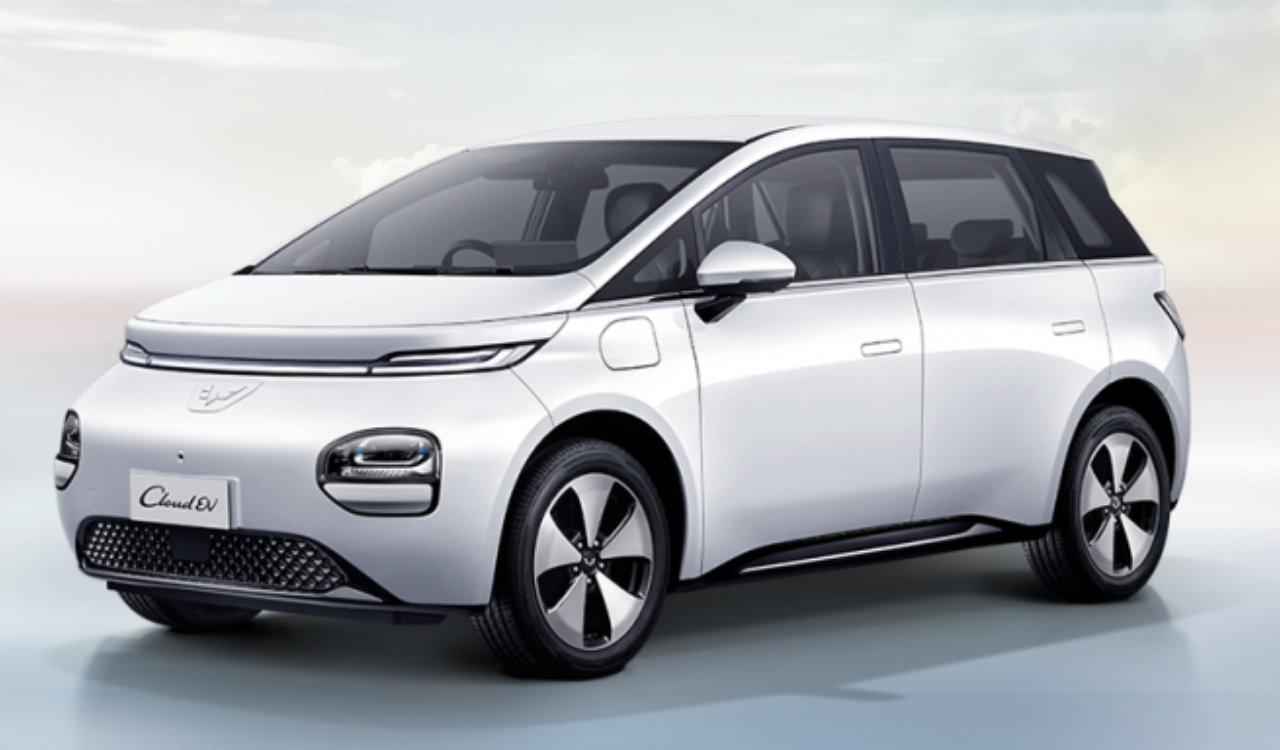
Electric cars are gaining more attention as we reach 2024 year. Electric cars are more affordable than gasoline-powered cars and it's a better option to save our environment. As per the latest research, 90% of all passenger vehicles in the U.S., Canada, India and Europe will be electric by 2040.
Now let's learn about recycling EV batteries. Moving forward to the technology era, recycling EVs becoming more challenging, leading to a high number of batteries getting discarded. Despite the fact that up to 95% of lithium-ion batteries can be retrieved, only 5% of EV batteries are currently being recycled.
For now, the electric car batteries last around 10-15 years or 150-200k miles on average. Once the target is completed, your EV vehicle starts showing a battery life of about 70% capacity and is no longer energy-efficient enough to use.
Second Life of EV batteries: EV Battery Recycling
For now, the most commercially available batteries in today's world are the Lithium Cobalt Oxide (LCO) or the Lithium Nickel Manganese Cobalt Oxide (NMC) chemistries, as per the writing of this article (December 29, 2023). If we talk about the global market share the LCO ranked higher with 37% market and the second one is the NMC batteries which have a 29% share used in EVs.
The other option for recycling is to use EV battery modules for energy storage. By refabricating the modules and using a hydrometallurgy process for dismantling, valuable materials can be recovered and utilized. This not only reduces waste but also minimizes the need for new battery production, resulting in reduced CO2 emissions.
The need to recycle EV batteries
-Environmental impact.
-Solving supply problems.
- The most important is reducing carbon emissions.
What Are EV Batteries Made of?
Lithium-ion batteries generally power electric vehicle batteries. Lithium is a manufactured element that powers many things, including batteries. These batteries are powered by an anode, a cathode (usually made from graphite), and electrolytes (typically lithium oxide).
Lithium ions move from the anode to the cathode when the battery is used, providing it with energy. When charging, the flow is reversed. Lithium-ion batteries are cost-efficient and have good storage capacity, making them a popular choice for EV manufacturers. Other components used in lithium-ion batteries include lithium, nickel, cobalt, copper, manganese, and aluminium.
Are EV Batteries Recyclable?
The answer is Yes! The major parts in electric vehicle batteries can be recycled.
How Are EV Batteries Recycled?
Electric vehicle batteries are recycled in special facilities that break down the batteries for the valuable metals inside. The batteries are disassembled by shredding, separating the different components by size and material for further processing. Ferrous and nonferrous metals are separated from materials like plastics. Many metals in these batteries, such as cobalt, can be reused indefinitely once purified.
EV battery recycling market to be worth $19.3 billion by 2030
As per the Precedence Research reports the EV battery recycling market reached USD 1.6 billion in 2021. The future electric vehicle market is projected to increase to approximately USD 19.3 billion by 2030, with a significant Compound Annual Growth Rate of 31.87% from 2022 to 2030.

(Image Source - Precedence Research)
YouTuber JerryRigEverything visits Li-Cycle's battery recycling facility
JerryRigEverything is a well-known YouTuber who makes tear-down videos of popular and trending smartphones/devices. But his interest is now expanding to the electric vehicle segment as well. Recently, he visited the firm called Li-Cycle which was founded in 2016.
Like all lithium-ion batteries, a battery in an early Nissan Leaf or an old iPhone will be encroaching on the end of its service life. I know that you all are wondering about the old, partially (or completely) unusable batteries right? With new recycling techniques being implemented, there are now ways to salvage these batteries and even utilize the components in future battery applications.
Lithium, cobalt, copper, and nickel are contained inside the batteries. As pure elements, they are able to be recycled an infinite number of times. Li-Cycle is a company capitalizing on this chemistry. This firm has an Arizona-based manufacturing facility that recycles all types of lithium-ion batteries. Whether it's a Tesla Model S battery pack or a battery pack for an electric leaf blower, Li-Cycle can recycle all of these thanks to a proprietary "water-based solution."
The company doesn't melt the batteries down; rather, it uses the solution to separate all the battery pack components out into three containers. At the end of the line, the three bags contain plastic scraps, aluminium and copper, and a bag of "black mass."
The black mass bag contains lithium, nickel, and cobalt. From there, manufacturers can produce lithium-ion battery packs with these recycled elements. Effectively, Li-Cycle's work "closes the loop" with the life cycle of a lithium-ion battery. Li-Cycle says that its Arizona facility can process 18,000 tons of lithium-ion batteries every year. Moreover, the firm claims it can recycle up to 95% of the batteries' resources.

.png)
.png)
